Found: A 3,100-Year-Old Tomb Full of Bronze Cauldrons and Other Food Vessels
Archaeologists believe they were spoils of war.
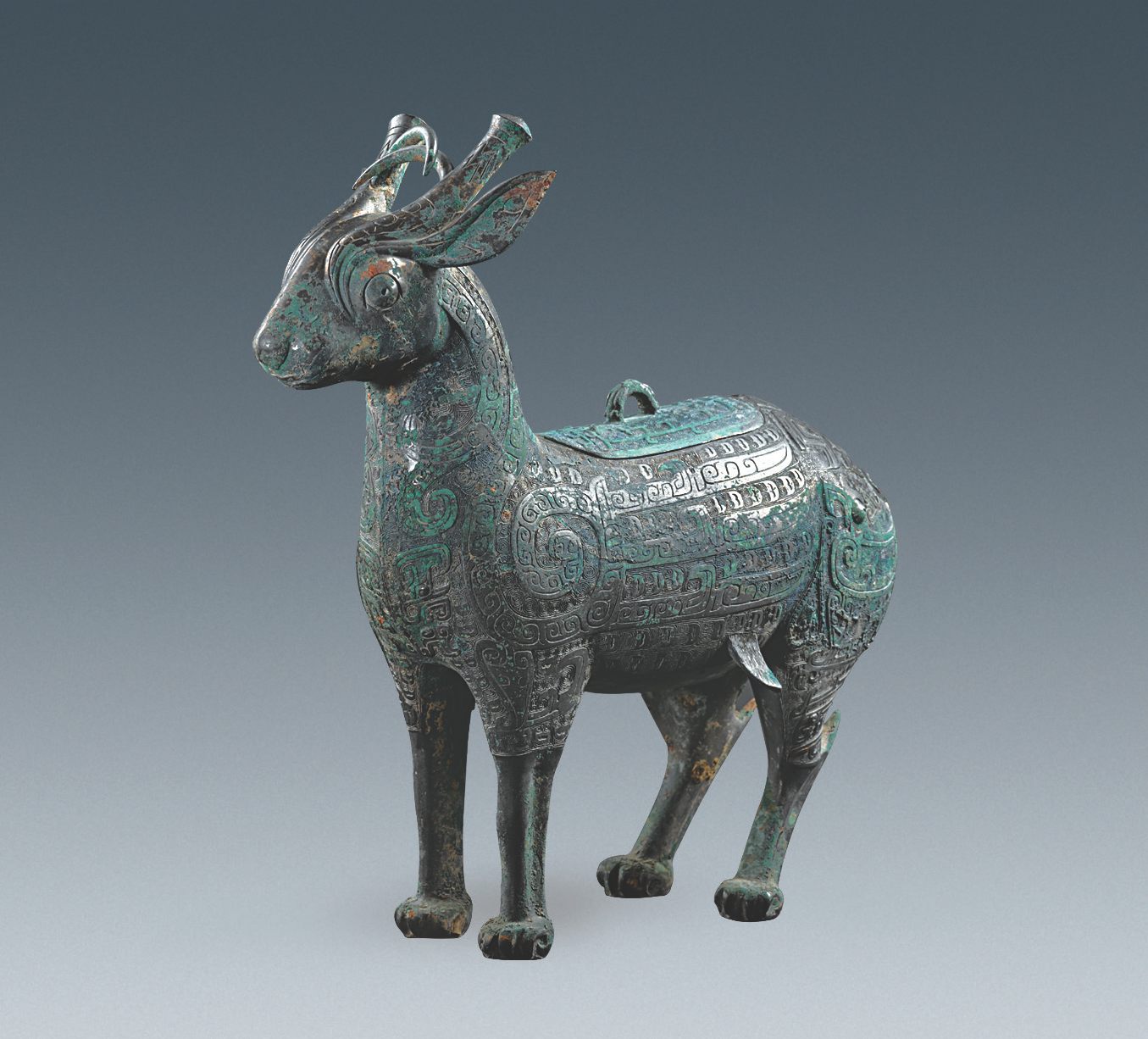
In the spring of 2012, a group of villagers from Baoji City in China’s Shaanxi Province stumbled upon three caches of ancient bronze vessels while doing construction work. Since then, archaeologists from Shaanxi Provincial Institute of Archaeology, Baoji Municipal Institute of Archaeology, and the Weibin District Museum of Baoji City have unearthed 57 tombs, 11 of which date back to the Zhou (1046–256 B.C.) and Shang (1600–1046 B.C.) dynasties. One particular tomb, named “M4,” revealed a stunning collection of bronze items that lead archaeologist Zhankui Wang and his team recently described in the journal Chinese Cultural Relics.
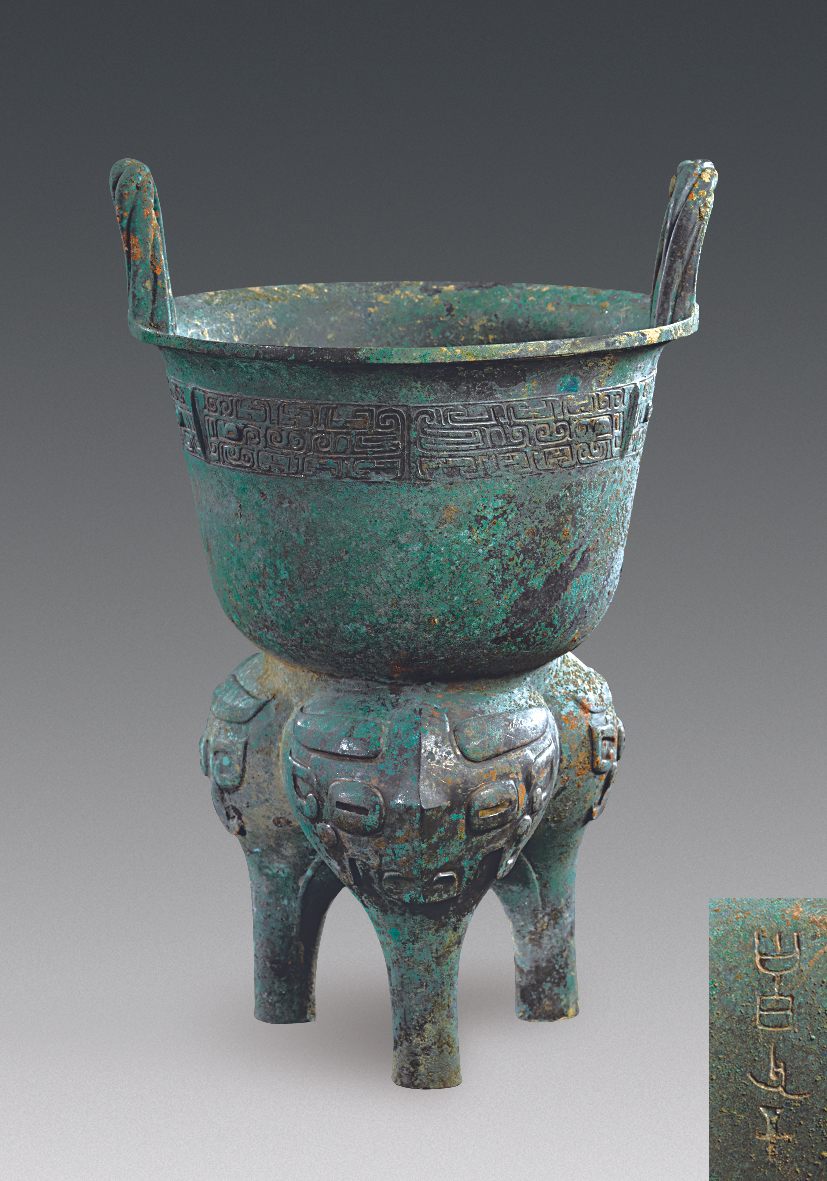
Most of the artifacts are made of bronze, but the archaeologists also found pottery, and items made of seashell, clamshell, colored lacquer, jade, stone, and animal bones. These objects were found in the eight niches of the tomb. Out of a total of 50 bronze vessels, 40 were for food: cauldrons, tureens, wine containers, and jars. Researchers believe they were used mainly during ritual functions.
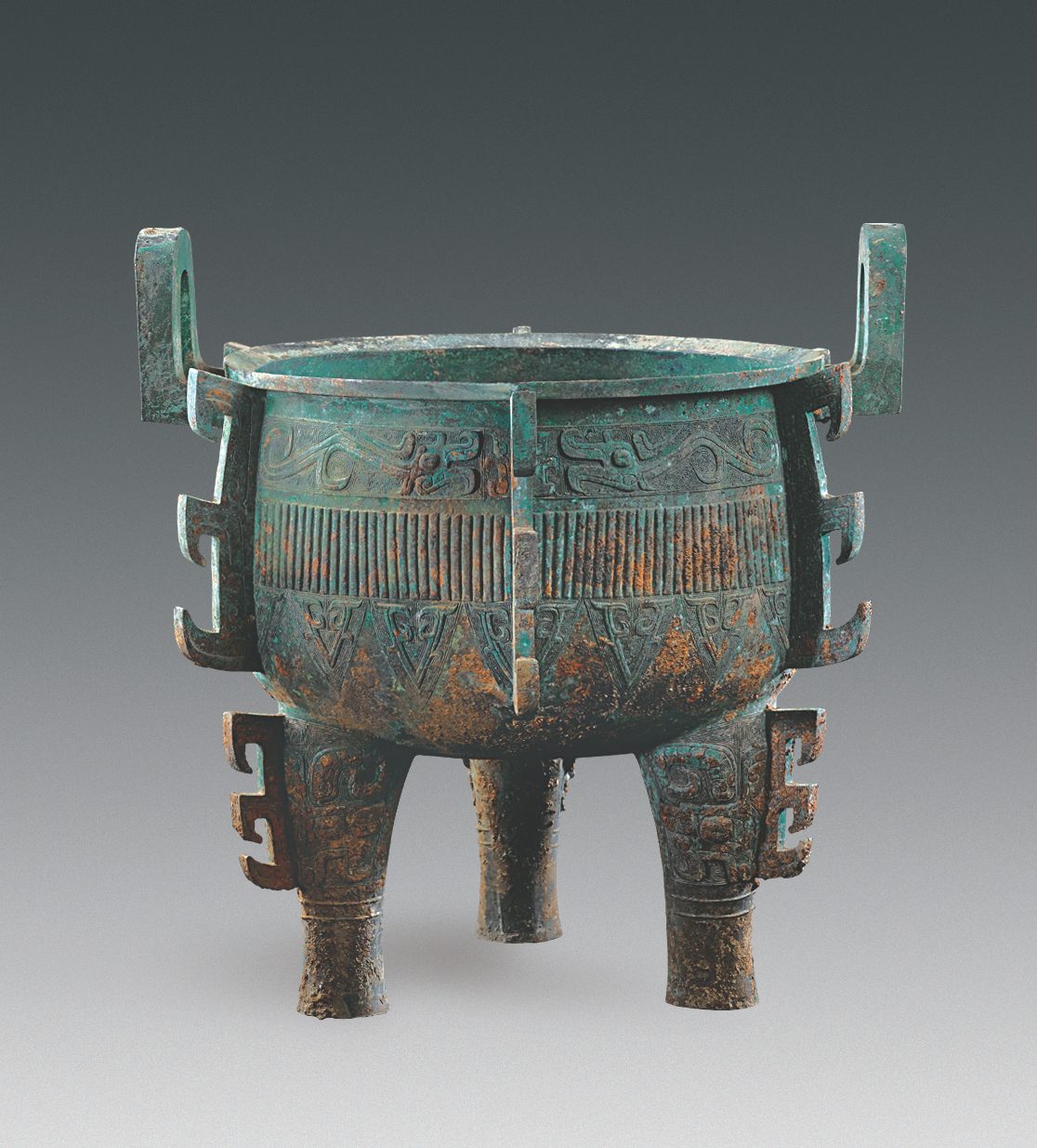
Tomb M4, which dates back to the beginning of the Zhou dynasty, was probably built for a high-ranking person, perhaps a chief or a chief’s spouse. But some of the artifacts bore engravings from the Shang dynasty, which ruled before the Zhou took over.
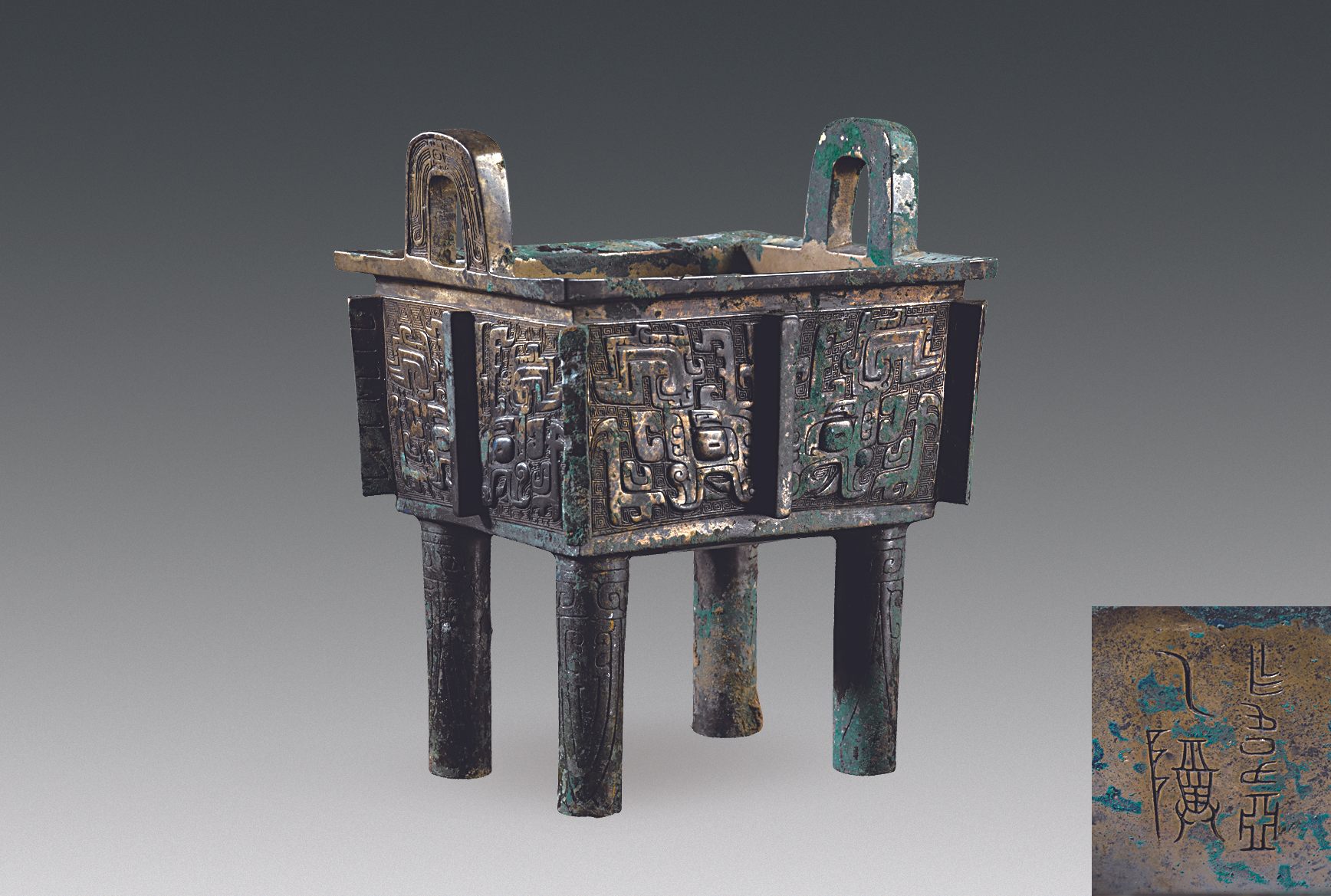
At first, researchers attempted to explain this by looking back at the migratory movements of Shang people. Some Shang clans migrated into Zhou-ruled areas and may have brought ritual vessels with them. But the various clan emblems seen in Tomb M4 do not belong to any of these groups.
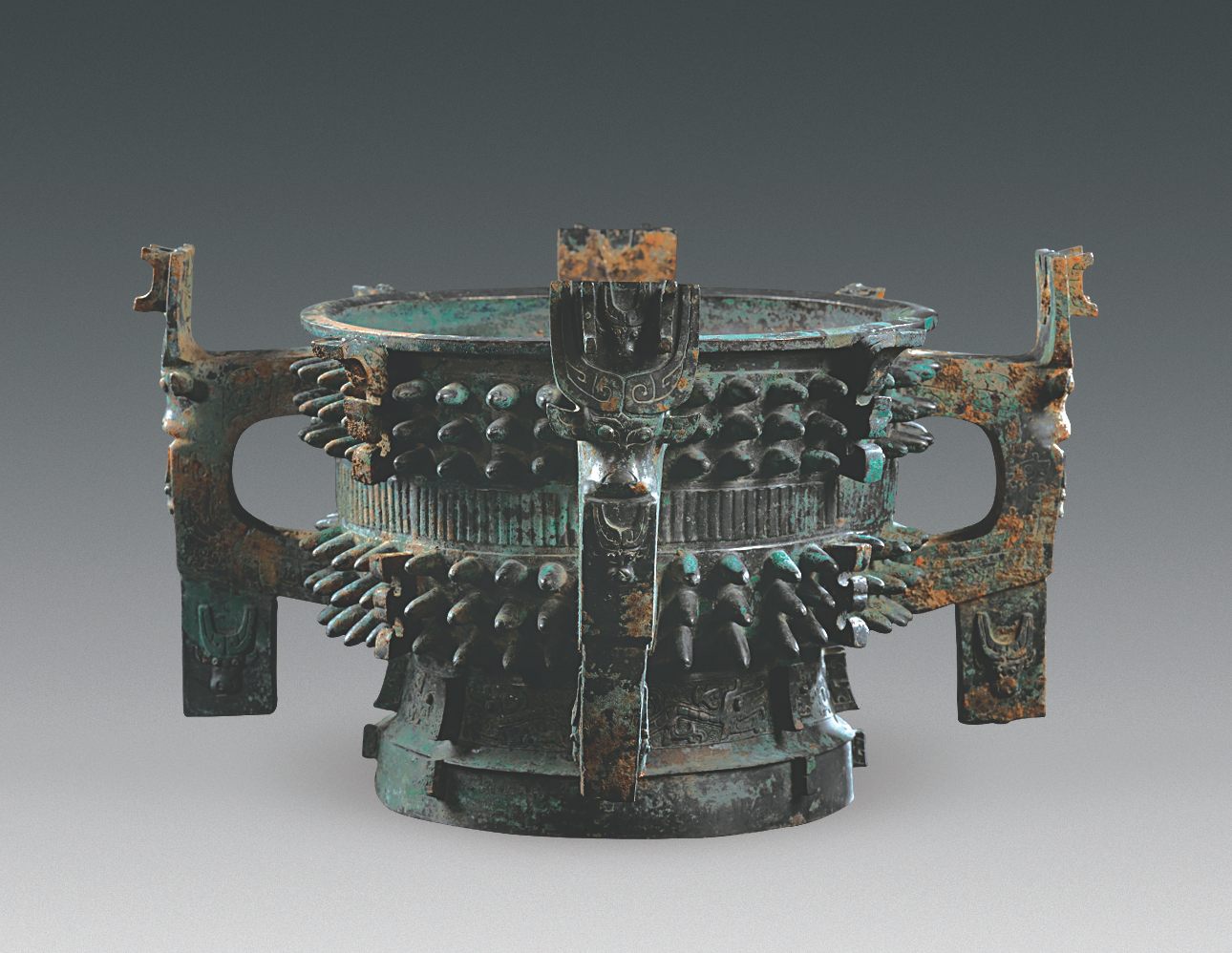
So the archaeologists considered a different explanation. The bronze food vessels, they think, were probably spoils of the two wars the Zhou and Shang waged against each other. “After conquering the Shang dynasty, the Zhou king distributed the plundered war spoils to the military officers with great achievements,” they write, “and these spoils usually included bronze vessels.”
Gastro Obscura covers the world’s most wondrous food and drink.
Sign up for our email, delivered twice a week.

























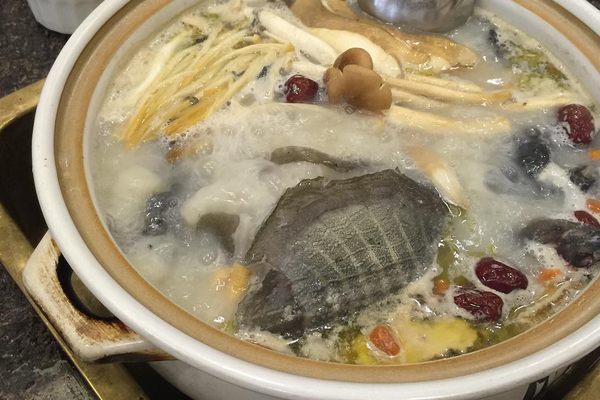







Follow us on Twitter to get the latest on the world's hidden wonders.
Like us on Facebook to get the latest on the world's hidden wonders.
Follow us on Twitter Like us on Facebook